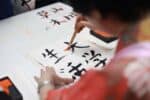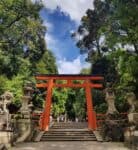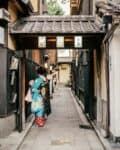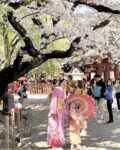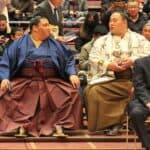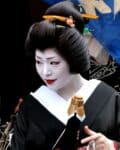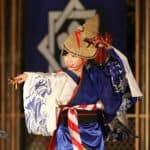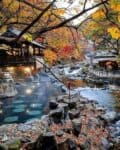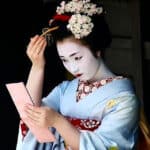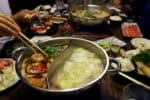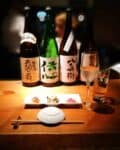Over the past several decades, Japan has re-emerged as a global cultural influence. From anime and manga to K-pop and world-class cuisine, modern Japan never fails to inspire and surprise. So how has Japanese culture changed over the centuries?
The 5 main ways Japanese culture has changed is through cuisine, values, fashion, art, and music. In each of these categories, Japan has proven itself to be the harbinger of all that is new and modern; Japanese culture has retained parts of its traditional culture and values while absorbing the best from other cultures around the world.
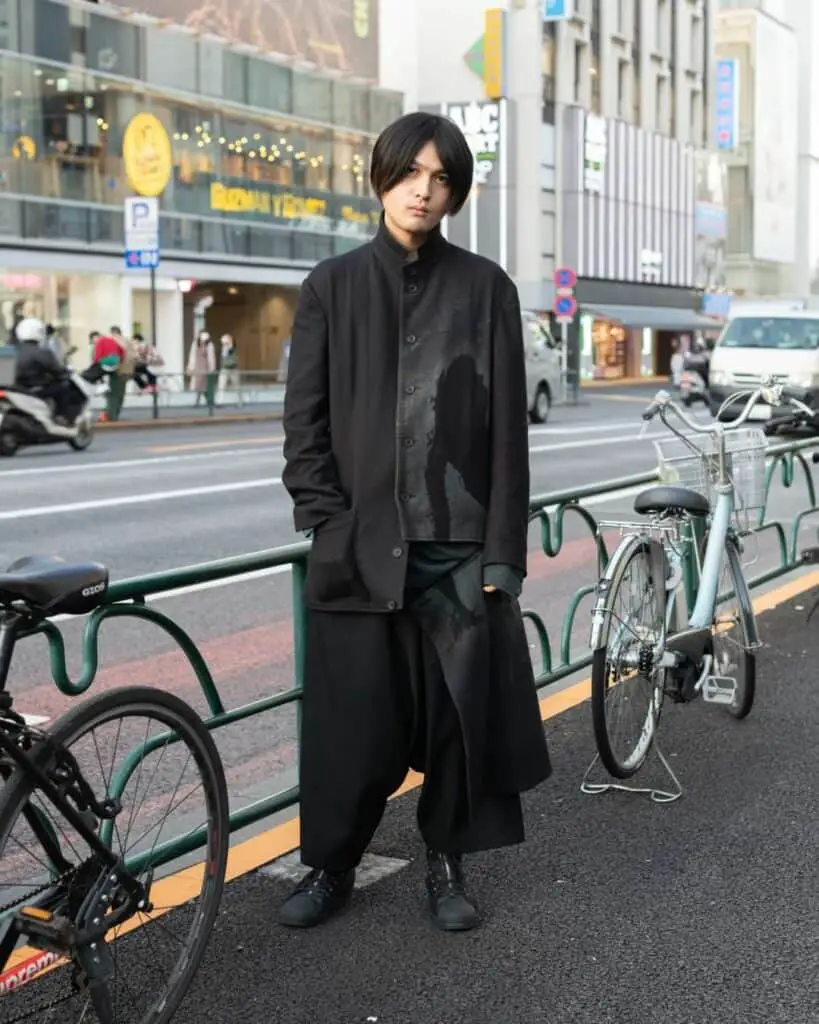

In the next paragraph, you can find the answer to why Japanese cuisine, values, fashion, arts, architecture and music has changed so much. Keep reading to discover the fascinating changes in the history of one of the most influential countries in the world.
Cuisine
Traditional Cuisine
In most cultures, diet is determined by the environment. Being a coastal nation, seafood has always featured prominently in Japanese food. When you think of Japanese food, the most popular might come to mind: sushi, rice, and generally lots of seafood.
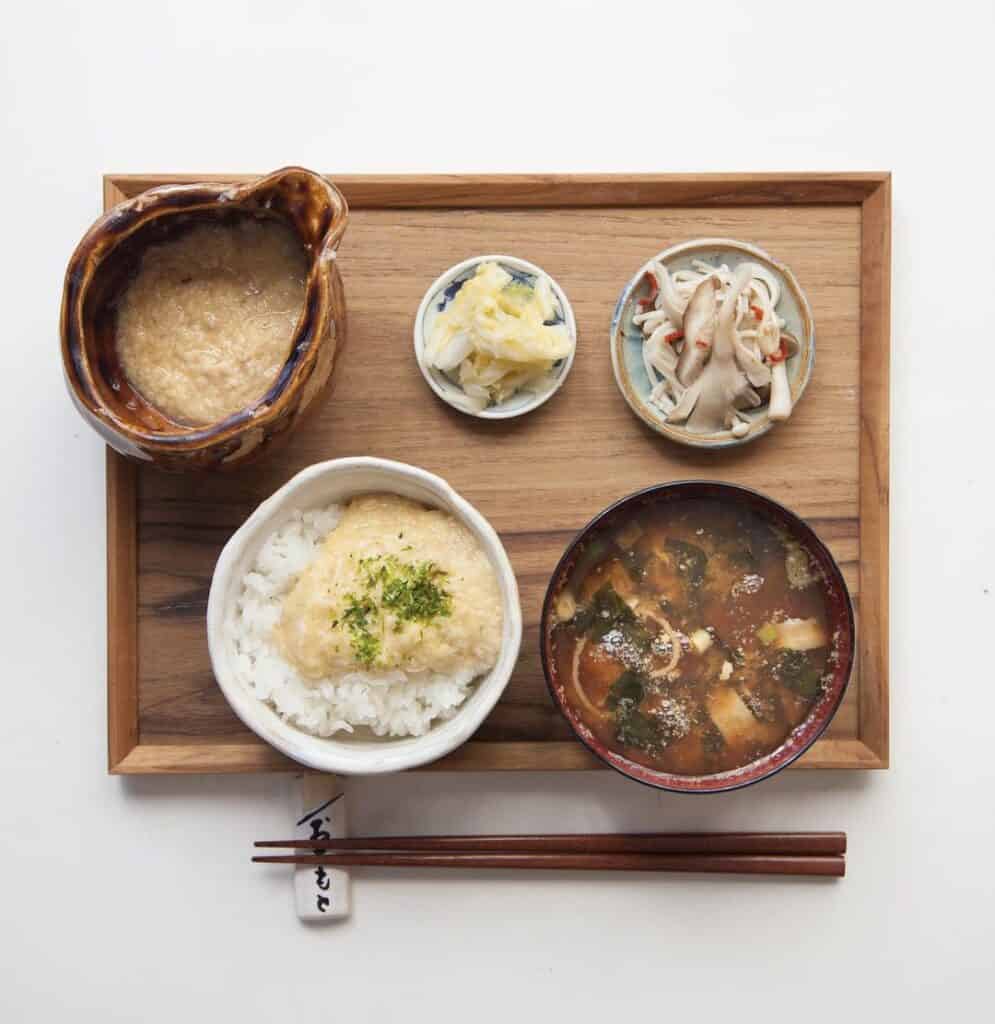
Traditional Japanese cuisine is called washoku, and also included a lot of seafood, such as fish, wild boar or deer, mushrooms, nuts, fruits and spices. Most of the staples of ancient Japanese cuisine can be traced back to Chinese influence, such as barley, soybeans, tofu and miso. Portuguese traders and Jesuit priests also brought foods such as bread, tempura and katsu, before the 1600s when Japan isolated itself from outside influences.
In the mid-1800s, Japan allied more closely with the West, and this resulted in the modernization of Japanese cuisine to include eggs, milk, and a variety of non-native meats. Many Japanese chefs studied French cuisine, and other influences such as Italian and German food were crucial to the development of Japanese food at the time.
Modern Cuisine
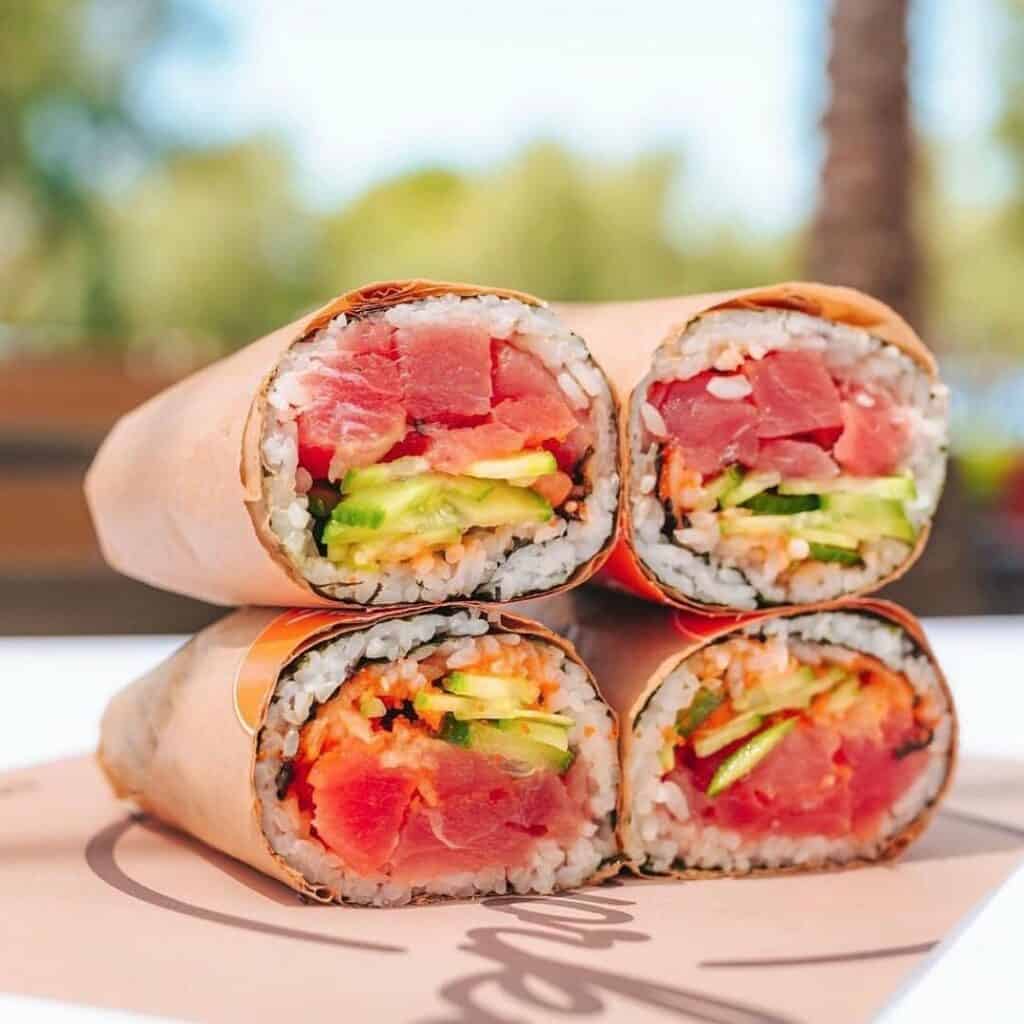
Increasingly, Japanese people included more meat, coffee, chocolate and bread into their diets. At the end of World War II, American culture arrived in full, driving increased demand for Western food and especially fast-food.
Now, Japanese fusion is globally celebrated, including Japanese-Peruvian fusion, Japanese-Italian, and Japanese-Mexican (think sushi burritos). In Japan, many fast-food chains prevalent in the West (like KFC) are becoming more and more popular. Even traditionally Japanese foods such as ramen focus their business model on fast-food, as opposed to the slow and methodical style of traditional tea houses and other restaurants.
Values
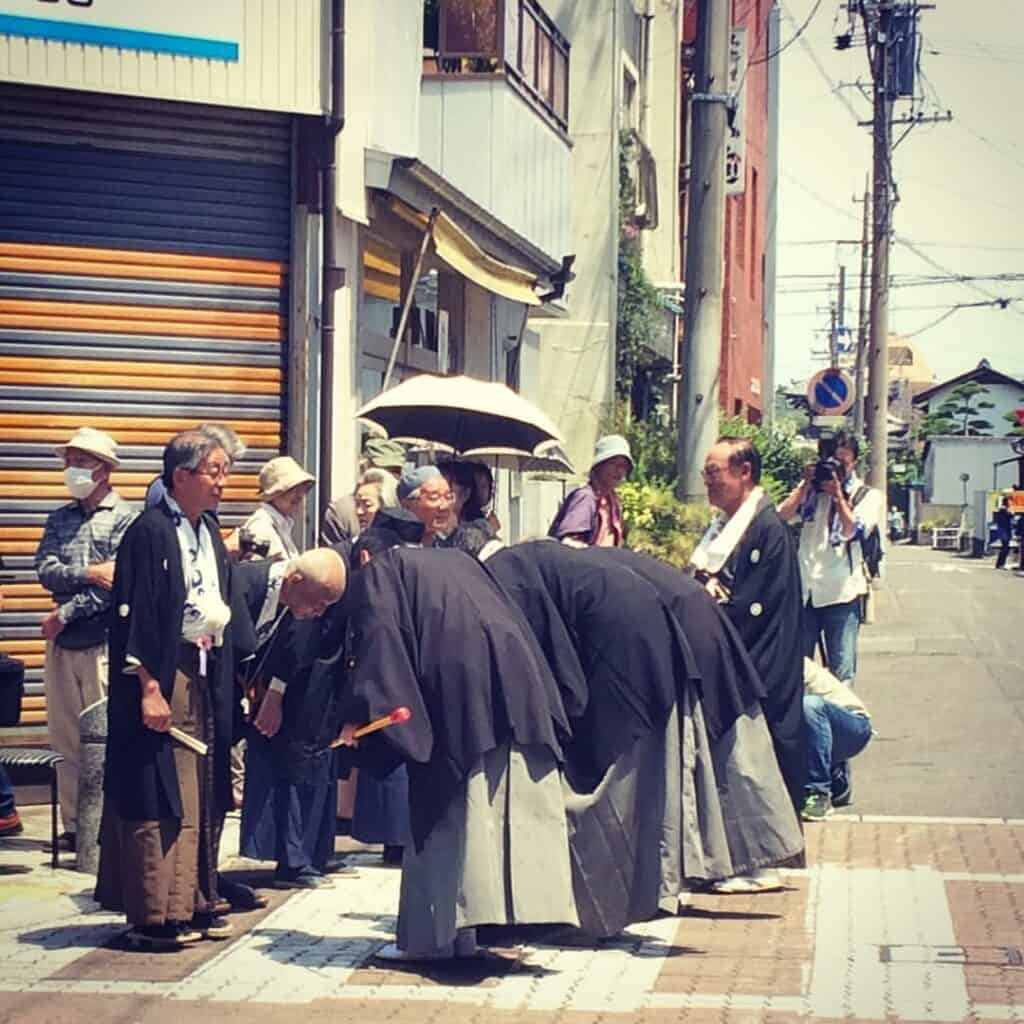
Traditional Values
Traditionally, Japanese culture was very conservative. Japan was heavily influenced by Chinese culture, including in its writing system, architecture, culture, religion, philosophy and law.
In the 1600s, during the Tokugawa period, Japanese culture solidified to reflect neo-Confucianist social policies. Japanese people valued social stability and morality, and structured society around:
- rigid hierarchies
- collective responsibility
- strict rules for individuals
Japanese culture has retained these traditional values, centered on social order, stability, and collective responsibility. It can still be said that Japanese culture values modesty, harmony, politeness and formality. For example, in work environments in Japan, harmony is prioritized, and seen as highly important to be successful. Therefore, Japanese people have been taught to be gentle, courteous and not to express disagreement in a confrontational way.
Modern Values
Despite its basis in traditional values, Japanese culture has also expanded to include modern influences. The “Survey on Japanese Value Orientations”, conducted every year since 1973, showed that in general, Japanese people are becoming more supportive of gender equality and individual freedom. Current Japanese values include:
- Ganbaru (persistence)
- Gaman (endurance)
- Konjou (willpower)
- Shogonai (acceptance)
- Peace/Harmony
- Stability
- Politeness
Cultural influences such as K-pop and J-pop have influenced Japanese culture, which traditionally valued modesty, but has now become more permissive. Fashion especially has become Westernized, opposing the modesty which characterized typical Japanese values.
Younger generations in Japan are now beginning to shift their values, emphasizing individualism rather than collective responsibility. This might be the biggest change in Japanese values, prompted by the adoption of Western values and the merging of Western and Eastern popular culture.
Fashion
Traditional Fashion
Japanese fashion has become admired worldwide. Before the 1600s, Japanese clothes were plain and practical.
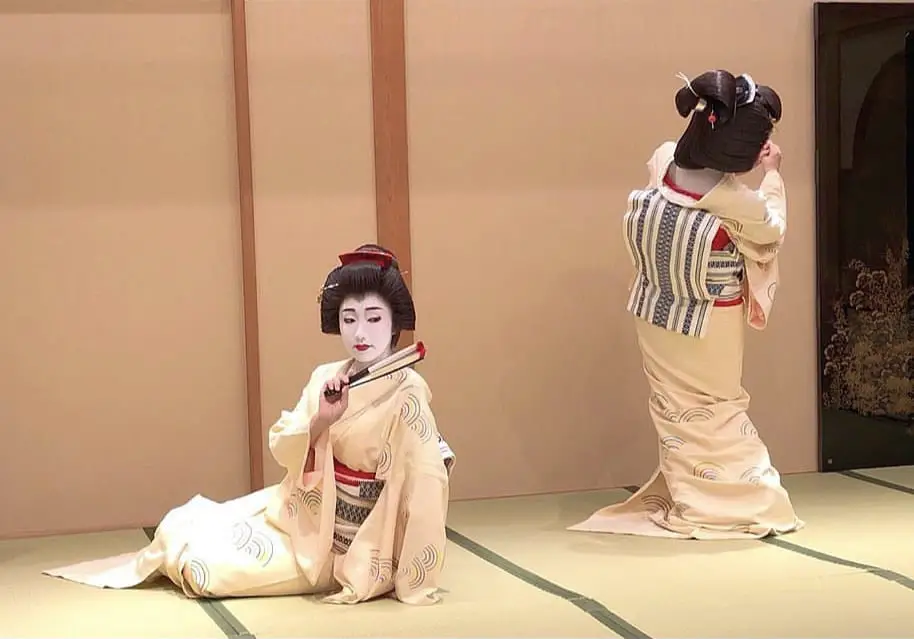
The Kimono, a traditional dress that covers much of the body, was introduced during the Heian period (794-1195), emphasizing the importance of women with a higher social status covering the majority of their skin. The Kimono is still worn today but has evolved. For example, traditionally Kimonos were made of silk, and were very expensive and made of many layers. Today, kimonos are made of different materials such as cotton and have fewer layers.
In the early 1900s, Japanese fashion started to be influenced by Western trends, with women starting to wear modern hairstyles and Western-style clothing, and men increasingly wearing suits, coats and caps. Around the 1950s, Western clothing became mainstream and traditional Japanese clothing was reserved for special occasions.
Modern Fashion
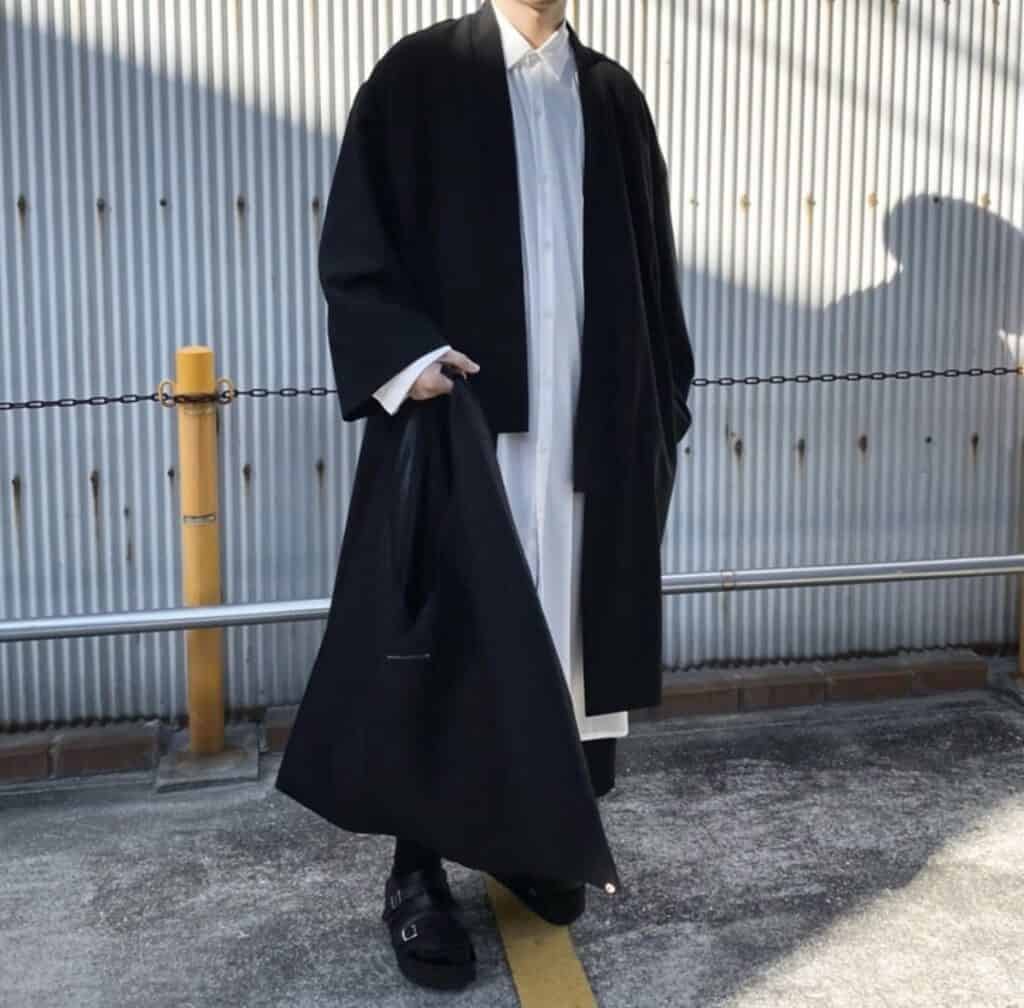
Modern Japanese fashion has become much more bold, leading the world as a trend-setter. In the 1980s, Japan developed a love for bold fashion, starting with neon colors, shorter skirts, and bold prints. In the last decade, Japanese fashion has shifted towards sophisticated styles, muted colors and bold designs.
Now, there is an increased focus on the fit and coordination of outfits, rather than individual pieces. Japanese fashion also now focuses on materials, such as:
- Corduroy
- Leather
- Silk
- Linen
Muted colors and soft tones are also much more popular now, and Japanese fashion also often styles outfits monochromatically. All white, black or brown outfits are a common sight even in high fashion. Minimalist Japanese design has become popular around the world, with stores such as Uniqlo, COS and GU becoming staples in many major cities.
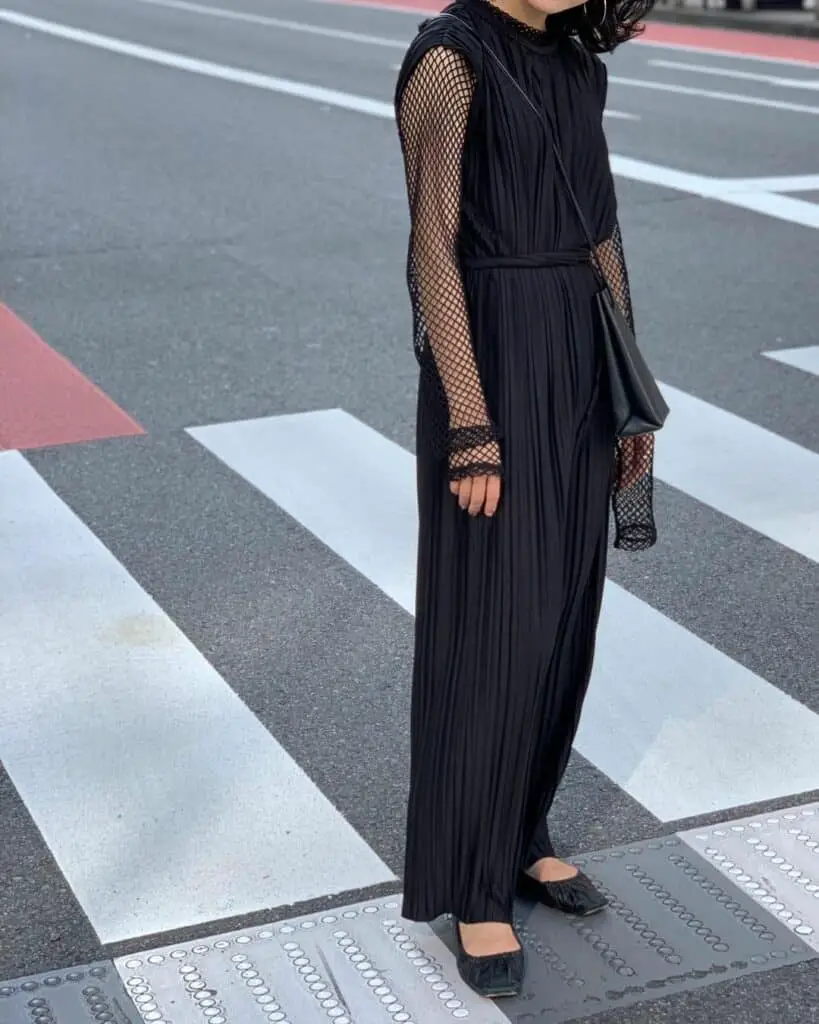
Clearly, Japanese fashion has evolved rapidly, from the traditional kimono to bright and bold styles, and finally to modern, subtle and elegant styles that still capture the world’s eye. Some of the most interesting trends over the past years include:
- Oversized
- Monochromatic
- Mixed textures
- Bold and bright
- Plaid
- Schoolgirl
Art
Traditional Art
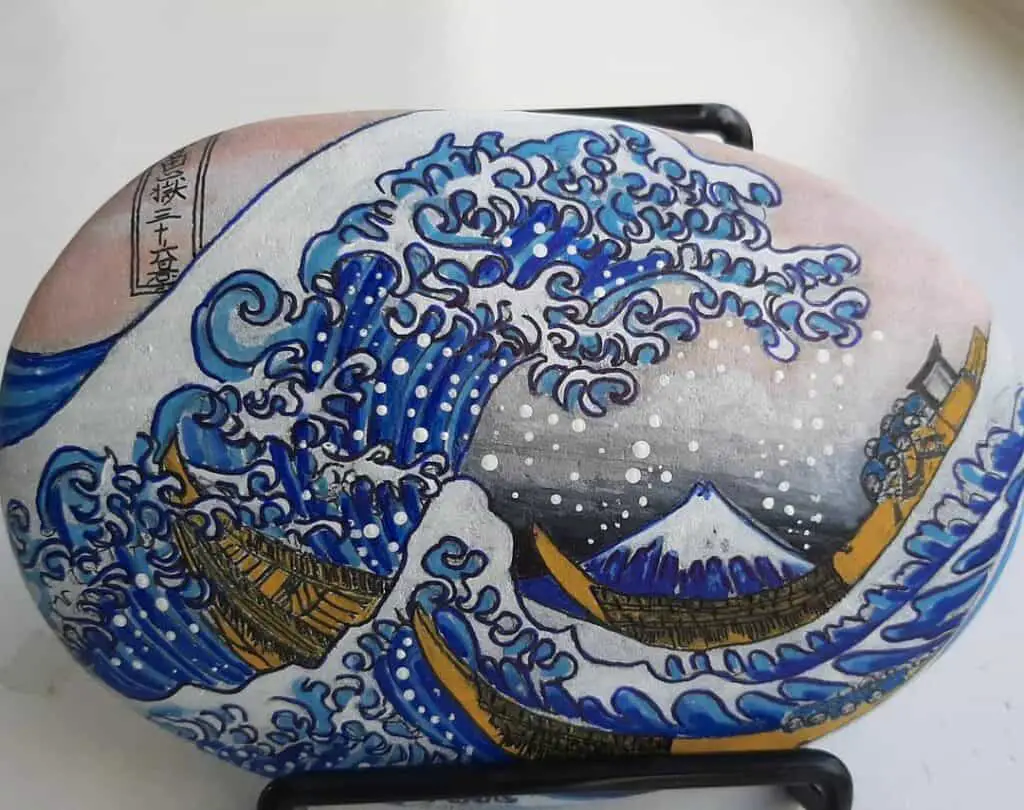
Japanese art is vast, including many different styles like pottery, calligraphy and paintings. Ancient Japanese art focused on nature, religion and philosophy as the subject for art, which is why you will often see mountains, plants and water as the subject for Japanese art. Buddhism was especially influential, along with influence from China. Britannica wrote about the influence of Buddhism on Japanese art, stating that
“Most Japanese art bears the mark of extensive interaction with or reaction to outside forces. Buddhism, which originated in India and developed throughout Asia, was the most persistent vehicle of influence. It provided Japan with an already well-established iconography and also offered perspectives on the relationship between the visual arts and spiritual development. Notable influxes of Buddhism from Korea occurred in the 6th and 7th centuries. The Chinese Tang international style was the focal point of Japanese artistic development in the 8th century, while the iconographies of Chinese Esoteric Buddhism were highly influential from the 9th century”.
Encyclopaedia Britannica
Modern Art
When Japan reopened its borders and began trading again with the West during the Meiji restoration period, Japanese art was heavily influenced by Western art and artists.
Especially starting in the 1870s with the Meiji Restoration, Japanese paintings embraced Western styles, and yōga 洋画 (“Western-style painting”) was born. Nihonga, or modern Japanese painting, developed with help from Western techniques and ancient Japanese art. The difference between yōga and nihonga is primarily the format and materials, rather than style or subject matter.
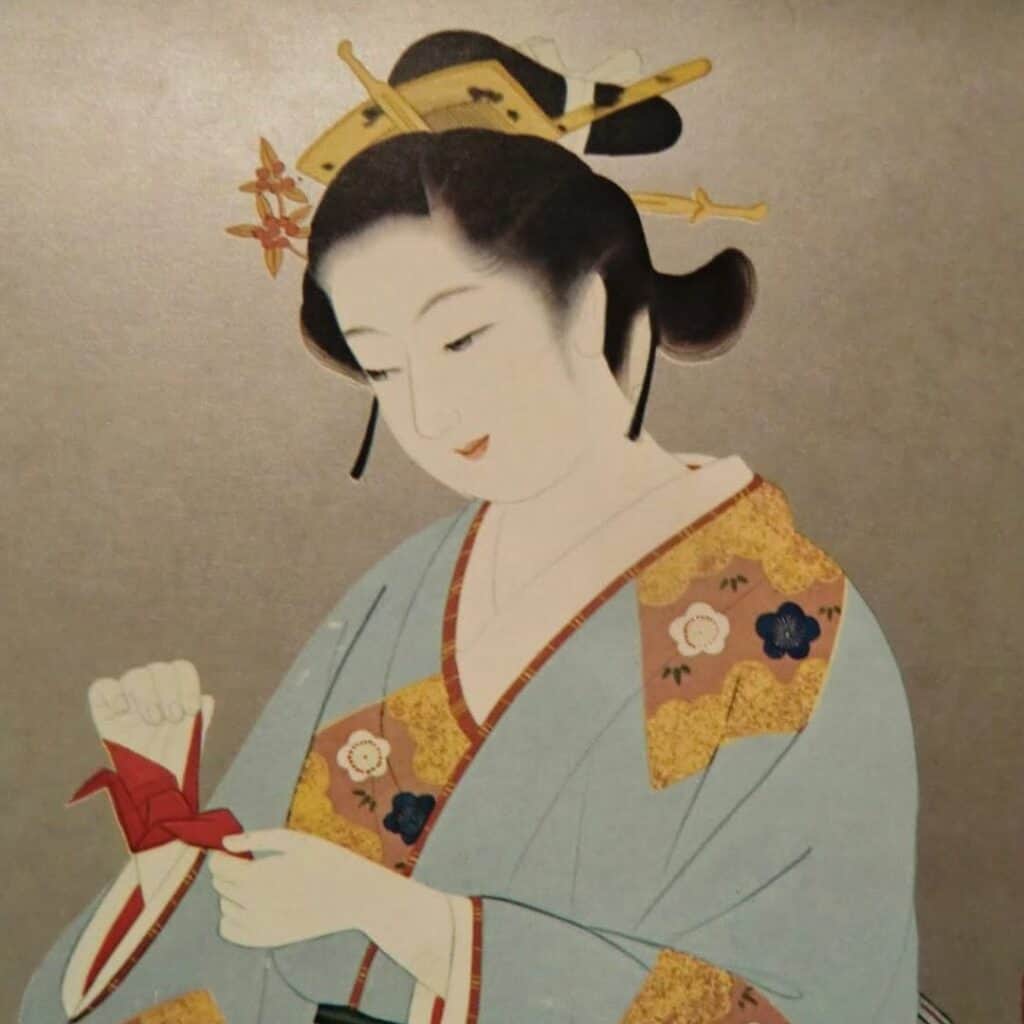
In the 1920s and 30s, Japanese artists followed global art trends such as surrealism, Dada and futurism. Unfortunately, by 1941 these art styles were stifled by the Japanese government, which aimed to suppress any art that threatened the agenda of the Nazi-allied Japanese government.
In the postwar period, Japanese art was reborn and reimagined. An example of this is the 1994 exhibition “Scream Against the Sky” organized by Alexandra Monroe.
There are many movements in the 1950s and beyond which shaped the landscape of the Japanese art world. Starting with Genbi, which was founded in 1952 as a forum for Japanese artists to share ideas regardless of styleJ Japanese artists began to merge Eastern and Western styles of art, continuing a trend that began in 1870 with the opening of Japan to Western trade.
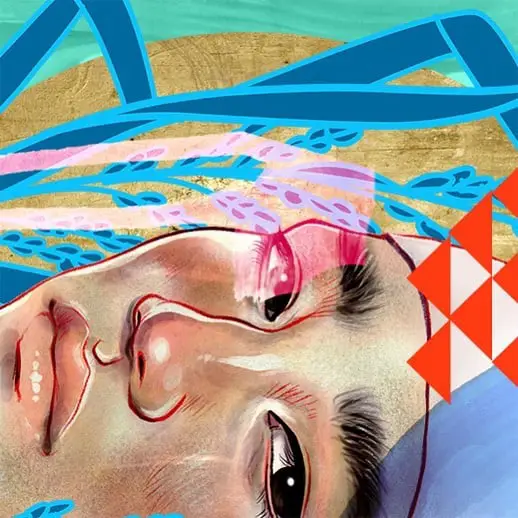
Contemporary Japanese art trends towards innovation and experimentation, with artists using many different mediums, including manga, sculpture, paintings and many other styles of artistic expression. The main change from traditional Japanese art is the difference in mediums; many Japanese artists now merge different styles, subjects and mediums to express themselves.
Art reflects society and other areas of culture, and contemporary Japanese art emphasizes artistic autonomy, especially for an emerging class of Japanese women artists. Influential Japanese artists such as Yoko Ono and Yayoi Kusama are now globally known and respected, bringing modern Japanese art to the world.
Music
Traditional Music
Traditional Japanese music was informal, using flutes and drums, and was often played at weddings, funerals or parties. Along with Buddhism, styles of music were brought to Japan from places such as China, Thailand, Vietnam, and Korea. None were more influential than those from China, and many popular Japanese instruments were adapted from Chinese ones.
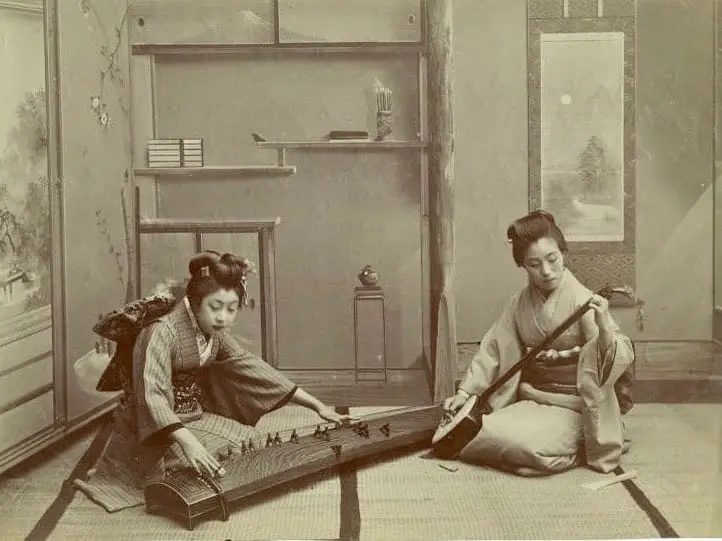
Traditional Japanese music typically refers to folk music, two of the oldest forms being shōmyō, which is Buddhist chanting used in religious ceremonies, and gagaku, or theatrical court music. Gagaku includes songs and dances; one is kigaku, or instrumental music, while the other, called seigaku, is a form of vocal music. Alongside these types, kabuki and noh are forms of traditional Japanese drama that incorporate music. The key instruments used in traditional Japanese music are:
- Shamisen (a type of guitar)
- Shakuhachi (a flute made of bamboo)
- Koto (a large, wooden instrument)
In the mid-16th century, church music was introduced by Christian missionaries, the first European style music to be introduced in Japan. It wasn’t until 1868 that Western music was popularized in Japan, and by the 1930s, the country had become a major consumer of Western music.
Modern Music
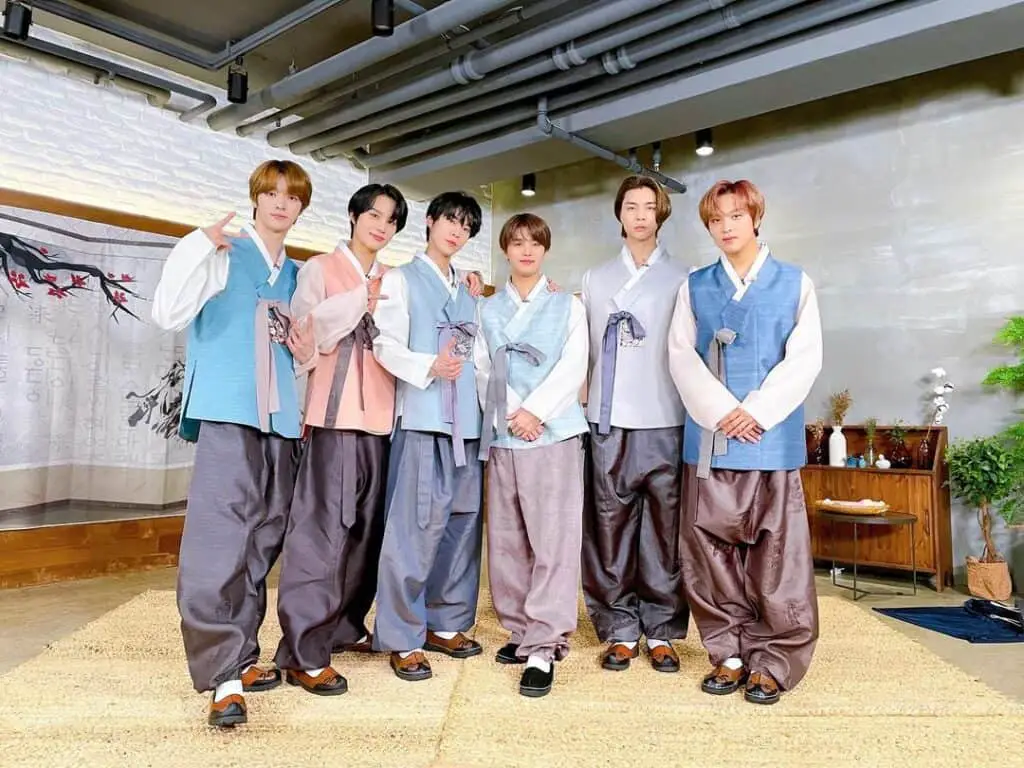
In the 20th century, jazz and pop were introduced to Japanese society. Around the 1920s, Western instruments became popular in Japanese music but were eventually banned by the government in favor of propagandist war songs. Following World War II, jazz returned and was embraced by Japanese artists.
In the 1990s, J-pop (Japanese pop) gained popularity both within and outside of Japan. It is a mainstream form of music with a large cult following around the world. It has continued to evolve and was influenced in the mid-2000s by Hip Hop and RnB.
Today, Japanese music is divided into mainstream, popular music that largely follows global trends like K-pop and traditional Japanese music, which has been protected over the decades. In Japan now, people listen to all kinds of music, including J-pop and K-pop, but also including Western music of different styles.
Even though Japanese culture has changed through its cuisine, art, values, fashion and music, one thing that hasn’t changed is Japan’s homogeneity. Although many people of different ethnicities live in Japan, it is one of the most homogenous countries still existing. Only around 2% of the population is made up of foreigners, which may be why Japan has kept so many of its traditions, even as its culture has changed so much.
Japanese culture has evolved rapidly since 1868 when it was opened to Western trade. This culture shift was largely influenced by Western culture, but clearly traditional Japanese culture has been retained and built on by the current generations. Modern Japanese culture is still changing, opening up to influences from the Global South, including much of Latin America. In the coming years, we are sure to see more influences of Japanese culture all over the world, including in the West.

